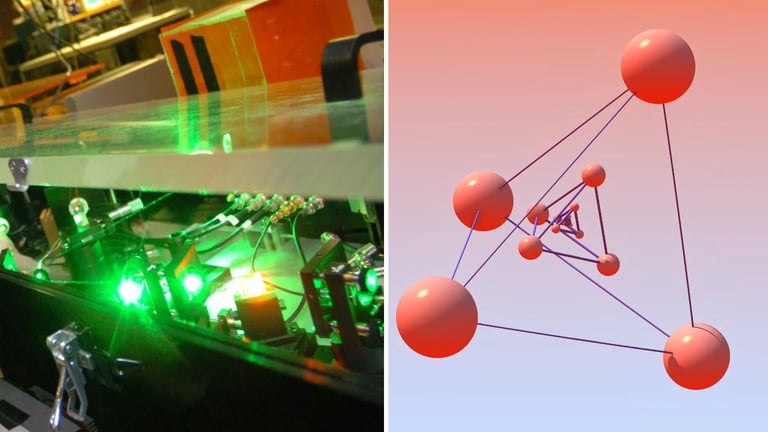AI Revolutionizes Quantum Computing: Arranges 2,000 Atoms in Milliseconds, Paving Way for Scalable Processors
August 14, 2025
Led by physicist Pan Jianwei, Chinese researchers have developed the largest atom array for quantum computing, capable of creating arrays ten times larger than previous systems.
This innovative AI method enables rapid manipulation and assembly of neutral atom arrays, with current technology allowing scaling to tens of thousands of atoms, thanks to optimized atom movement paths.
Researchers from the University of Science and Technology of China have developed an AI-driven system capable of arranging over 2,000 rubidium atoms into precise patterns in just 60 milliseconds, marking a significant leap in quantum processor scalability.
The system uses AI to program the movement of thousands of atoms into arbitrary configurations swiftly, setting a speed record that surpasses traditional techniques.
Neutral atom qubits are promising for scalable quantum computing due to their long coherence times, all-to-all connectivity, and room temperature operation, despite challenges like slower gate speeds and atom loss.
Achieving practical quantum computing requires balancing high fidelity with efficient readout, which this research addresses through innovative strategies.
This development is regarded as a major advancement in computational efficiency and experimental feasibility within quantum physics.
Current technologies can generate large, defect-free atomic arrays, advancing neutral atom quantum computers, with several companies actively pursuing this approach.
The breakthrough was published in Physical Review Letters, demonstrating the potential of neutral atom quantum processors for scalable quantum information processing.
Atoms in these quantum computers are manipulated using optical tweezers, which utilize focused laser beams to control their positions and energy levels for calculations.
The performance of this system suggests it could be scaled to tens of thousands of qubits, enabling applications in sensing, simulation, and near-term quantum algorithms.
The system achieved high accuracy, with single-qubit operations at 99.97%, two-qubit operations at 99.5%, and qubit state detection at 99.92%.
The team demonstrated a defect-free 2D array of up to 2024 atoms, highlighting the protocol's potential for large-scale quantum systems and error correction.
Summary based on 3 sources
Get a daily email with more Tech stories
Sources

South China Morning Post • Aug 13, 2025
Chinese scientists build largest array of atoms for quantum computing
Interesting Engineering • Aug 13, 2025
Chinese researchers unveil 10x larger atom array for next-gen quantum processors
HPCwire • Aug 14, 2025
Chinese Researchers Use AI to Create Array of 2000 Neutral Atoms